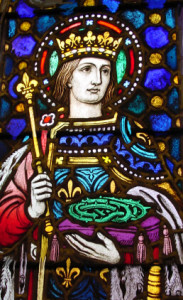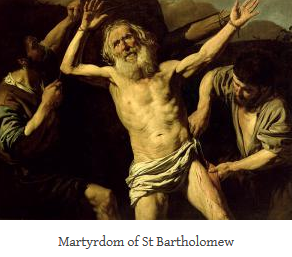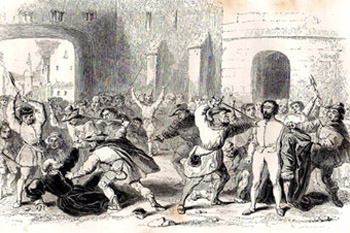 French Martyrs for Christ of the September Massacres
French Martyrs for Christ of the September Massacres
Image: Tradition in Action
(Franciscan Media) These Priests were victims of the French Revolution–Though their Martyrdom spans several years, they are recognized together in the Church’s memory because they all sacrificed their lives for the same principle.
The ‘Civil Constitution of the Clergy’ in 1791 required that all Priests take an oath which amounted to a denial of their faith–each of these men refused and were executed.
Fr. John Francis Burte became a Franciscan at 16 and subsequent to his Ordination, he taught Theology to the young Friars–Later he was Guardian of the large Conventual Friary in Paris until he was arrested and held in the Convent of the Carmelites.
Fr. Apollinaris of Posat was born in Switzerland 1739 he joined the Capichins and acquired a reputation as an excellent Minister, Confessor and Instructor of Clerics. Sent to the East as a Missionary, he was in Paris studying Asian languages when the French Revolution began. Refusing to execute the oath, he was swiftly arrested and detained in the Carmelite Convent.
Fr. Severin Girault a member of the ‘Third Order Regular’ and Chaplain for a group of Sisters in Paris, he was imprisoned with the Priests and was the first to be Martyred in the slaughter at the Convent.
These three Priests together with 182 others (which included several Bishops) were massacred at the Carmelite House in Paris on this date in 1792 and were Beatified in 1926 by Pope Pius XI
Fr. John Baptist Triquerie born in 1737 entered the Conventual Franciscans, he was Chaplain and Confessor of the ‘Poor Clare Monasteries’ in three cities before he was arrested for refusing to take the oath, he and 13 Diocesan Priest were guillotined in Laval on 21 January, 1794 — Fr. John Baptist Triquerie was Beatified in 1955 by Pope Pius XII

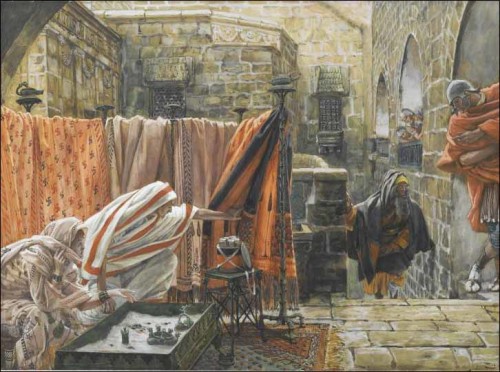 Saint Joseph of Arimathea Asking Pilate for the Body of Jesus
Saint Joseph of Arimathea Asking Pilate for the Body of Jesus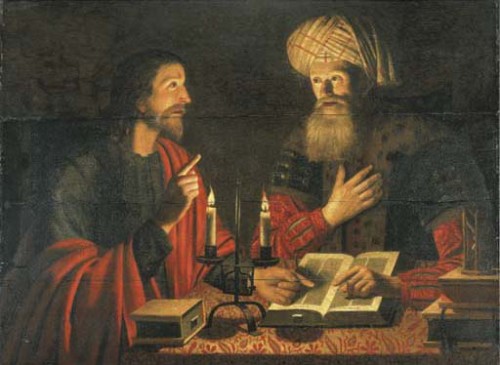 Jesus and Nicodemus –Image:
Jesus and Nicodemus –Image: 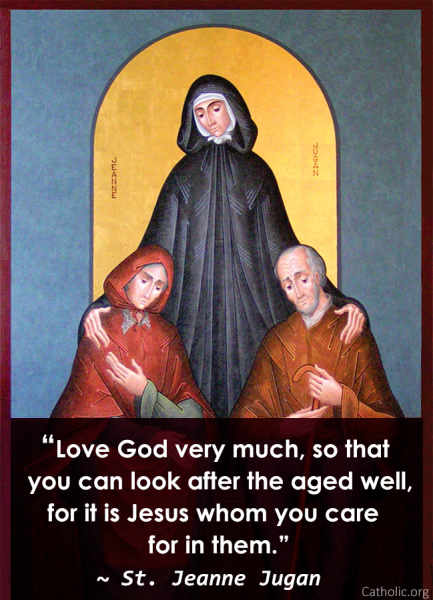 Saint Jeanne Jugan (1792-1879)
Saint Jeanne Jugan (1792-1879)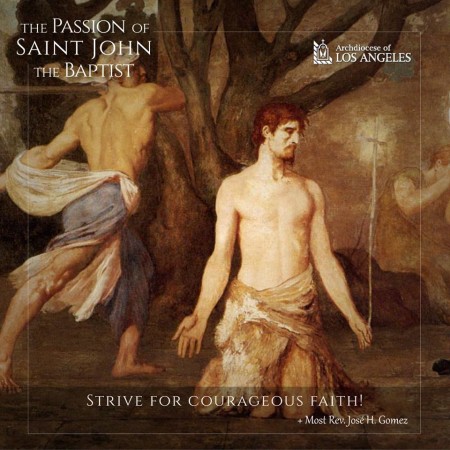 Martyrdom of St. John the Baptist
Martyrdom of St. John the Baptist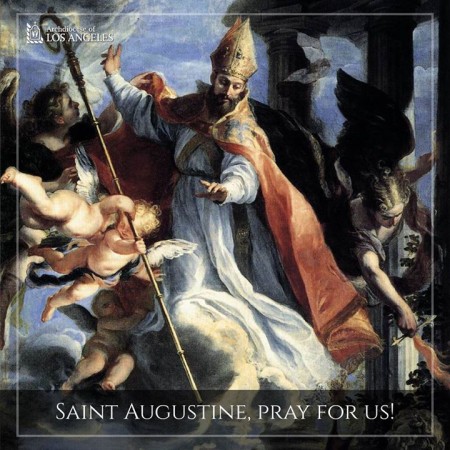 Saint Augustine of Hippo (354-430)
Saint Augustine of Hippo (354-430)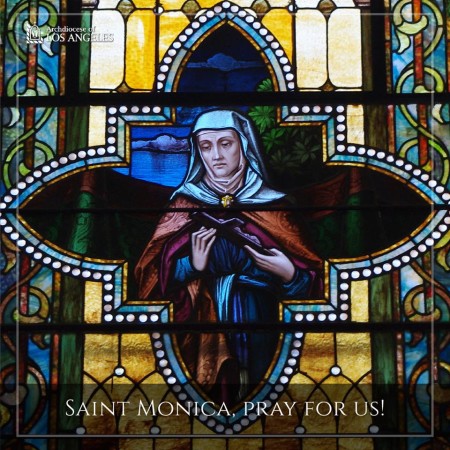 Saint Monica (322-387) Image: Archbishop Jose Gomez
Saint Monica (322-387) Image: Archbishop Jose Gomez 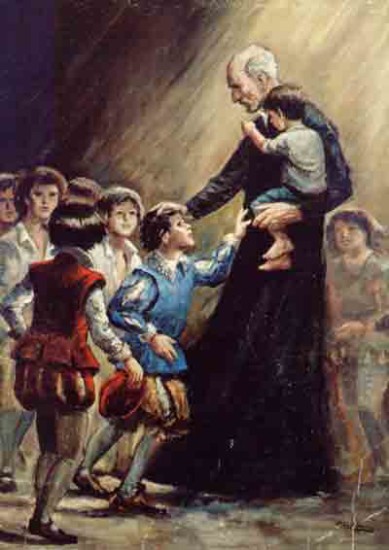 Saint Joseph Calasanz (1556-1648) Image: Introibo
Saint Joseph Calasanz (1556-1648) Image: Introibo 